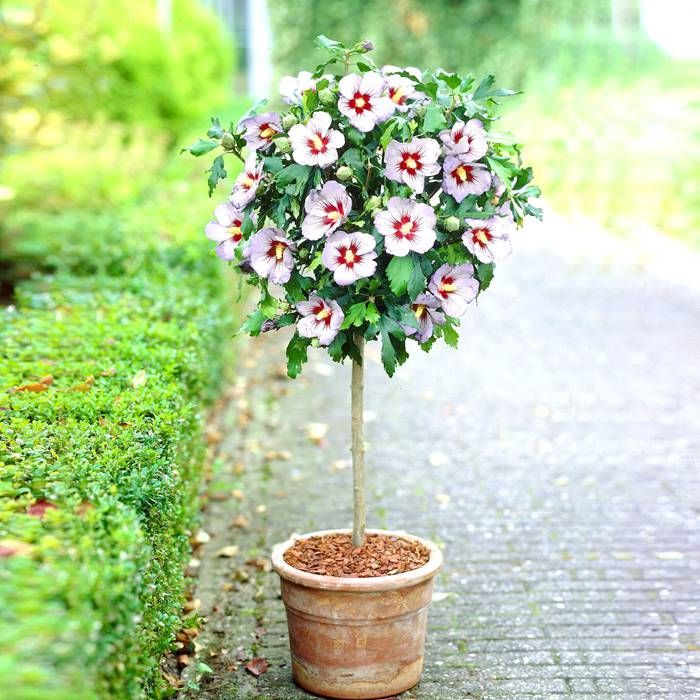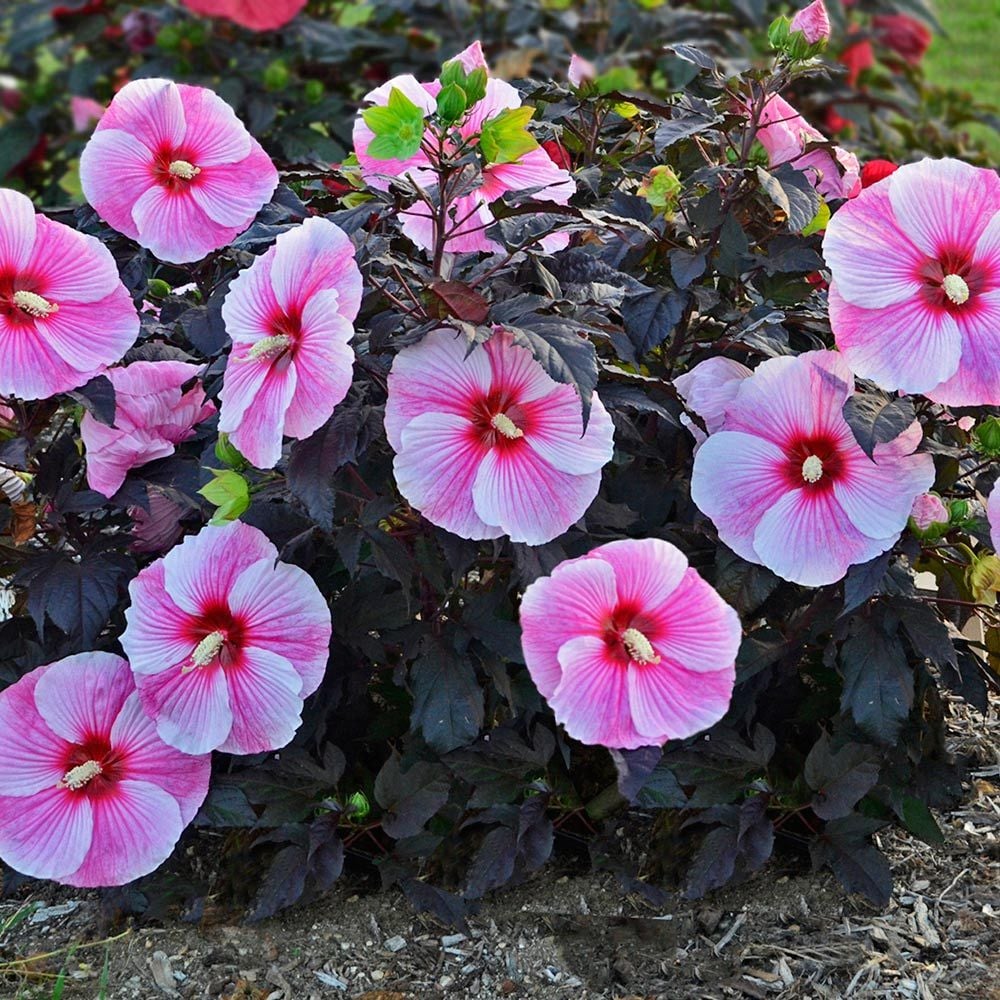The H Arborescens: The Lowmaintenance Shrub That Will Bloom All Summer Long
The H. Arborescens: The Low-Maintenance Shrub That Will Bloom All Summer Long
Hydrangea arborescens is a beautiful and versatile shrub that is perfect for adding a touch of elegance to any garden. It is known for its large, showy blooms that can last for several months, making it a great choice for year-round color. H. arborescens is also relatively low-maintenance, making it a good option for busy gardeners.
In this blog post, we will discuss the following:
- The different varieties of H. arborescens
- How to plant and care for H. arborescens
- How to deadhead H. arborescens
- How to overwinter H. arborescens
- Pests and diseases that can affect H. arborescens
- How to propagate H. arborescens
Varieties of H. arborescens
There are many different varieties of H. arborescens available, each with its own unique characteristics. Some of the most popular varieties include:
Annabelle: This variety is known for its large, white blooms. It is a hardy plant that can tolerate a wide range of conditions.Incrediball: This variety has large, pink blooms that are more heat-tolerant thanAnnabelle.Limelight: This variety has lime green blooms that turn white as they mature. It is a relatively compact plant that is perfect for smaller gardens.PeeGee: This variety has large, blue blooms. It is a more challenging plant to grow, but it is well worth the effort for its beautiful flowers.
Planting and caring for H. arborescens
H. arborescens is relatively easy to plant and care for. It prefers full sun to partial shade and moist, well-drained soil. The best time to plant H. arborescens is in the spring or fall. When planting, dig a hole that is twice the width and depth of the root ball. Backfill the hole with soil, tamping it down gently. Water the plant well and mulch around the base to help retain moisture.
H. arborescens does not require a lot of fertilizer. A light application of fertilizer in the spring will help promote blooms. Water the plant regularly, especially during hot, dry weather. Deadhead spent blooms to encourage new growth and more flowers.
Overwintering H. arborescens
H. arborescens is a hardy plant that can tolerate cold winters in most parts of the country. However, if you live in an area with very cold winters, you may want to take some precautions to protect your plant. In late fall, mulch the plant around the base with a thick layer of leaves or straw. You may also want to cover the plant with a burlap sack or other protective material.
Pests and diseases
H. arborescens is generally resistant to pests and diseases. However, it can be susceptible to aphids, scale, and powdery mildew. If you notice any pests or diseases, treat them immediately with an appropriate pesticide or fungicide.
Propagating H. arborescens
H. arborescens can be propagated from seed, but it is more commonly propagated from cuttings. To propagate H. arborescens from cuttings, take softwood cuttings in the spring or summer. The cuttings should be about 4-6 inches long and have at least two sets of leaves. Dip the cut ends of the cuttings in rooting hormone and plant them in a pot of well-draining potting mix. Keep the soil moist and place the pot in a warm, sunny location. The cuttings should root in about 4-6 weeks.
Conclusion
H. arborescens is a beautiful and versatile shrub that is perfect for adding a touch of elegance to any garden. It is relatively low-maintenance and can tolerate a wide range of conditions. With proper care, H. arborescens will bloom all summer long, providing you with years of enjoyment.
Hydrangea arborescens, commonly known as smooth hydrangea, is a beautiful flowering shrub that is native to the eastern United States. It is known for its large, white flower clusters that bloom in early summer and can last for several weeks. Smooth hydrangea is a relatively easy plant to care for and can be grown in a variety of climates. It is also deer and rabbit resistant, making it a good choice for gardens in areas with these pests.
If you are interested in learning more about smooth hydrangea, I recommend visiting the website . This website has a wealth of information about the plant, including its history, care requirements, and varieties. You can also find photos and videos of smooth hydrangea in bloom.
FAQ of h arborescens
- What is H. arborescens?
- H. arborescens is a deciduous shrub that is native to eastern North America. It can grow up to 6 feet tall and wide, and it blooms in late spring and early summer with large, showy flowers that can be white, pink, or blue.
- How do I care for H. arborescens?
- H. arborescens is a relatively easy plant to care for. It prefers full sun to partial shade and moist, well-drained soil. It is drought-tolerant once established, but it will benefit from regular watering during the summer months. H. arborescens is not as cold-hardy as some other hydrangeas, so it is best to grow it in USDA zones 5-9.
- How do I get my H. arborescens to bloom?
- H. arborescens blooms on old wood, so it is important to prune it in the late fall or early winter. Prune back the stems by about one-third to encourage new growth and flowers. You can also fertilize your H. arborescens in the spring with a balanced fertilizer.
- What are some common pests and diseases of H. arborescens?
- H. arborescens is relatively resistant to pests and diseases. However, it can be susceptible to aphids, scale, and powdery mildew. If you see any pests or diseases on your H. arborescens, you can treat them with insecticidal soap or neem oil.
- How can I propagate H. arborescens?
- H. arborescens can be propagated by cuttings or division. To propagate by cuttings, take 4-6 inch long cuttings from healthy stems in the spring or early summer. Dip the cuttings in rooting hormone and plant them in a well-draining potting mix. Keep the cuttings moist and in a warm location, and they should root in about 4-6 weeks. To propagate by division, dig up a mature H. arborescens plant in the fall or early spring. Use a sharp knife or spade to divide the plant into two or more sections. Each section should have at least a few roots and shoots. Plant the divisions in prepared beds or pots, and water them well.
Image of h arborescens
5 different images of "h arborescens" from Pinterest:
- Hibiscus arborescens in full bloom. The flowers are large and showy, with a deep red color.
- Hibiscus arborescens leaves. The leaves are large and oval-shaped, with a dark green color.
- Hibiscus arborescens plant in a pot. The plant is compact and bushy, with a height of about 3 feet.

- Hibiscus arborescens plant in a garden. The plant is surrounded by other flowers, such as roses and lilies.
- Hibiscus arborescens flowers in a vase. The flowers are arranged in a vase, and they make a beautiful centerpiece for a table.



Post a Comment for "The H Arborescens: The Lowmaintenance Shrub That Will Bloom All Summer Long"